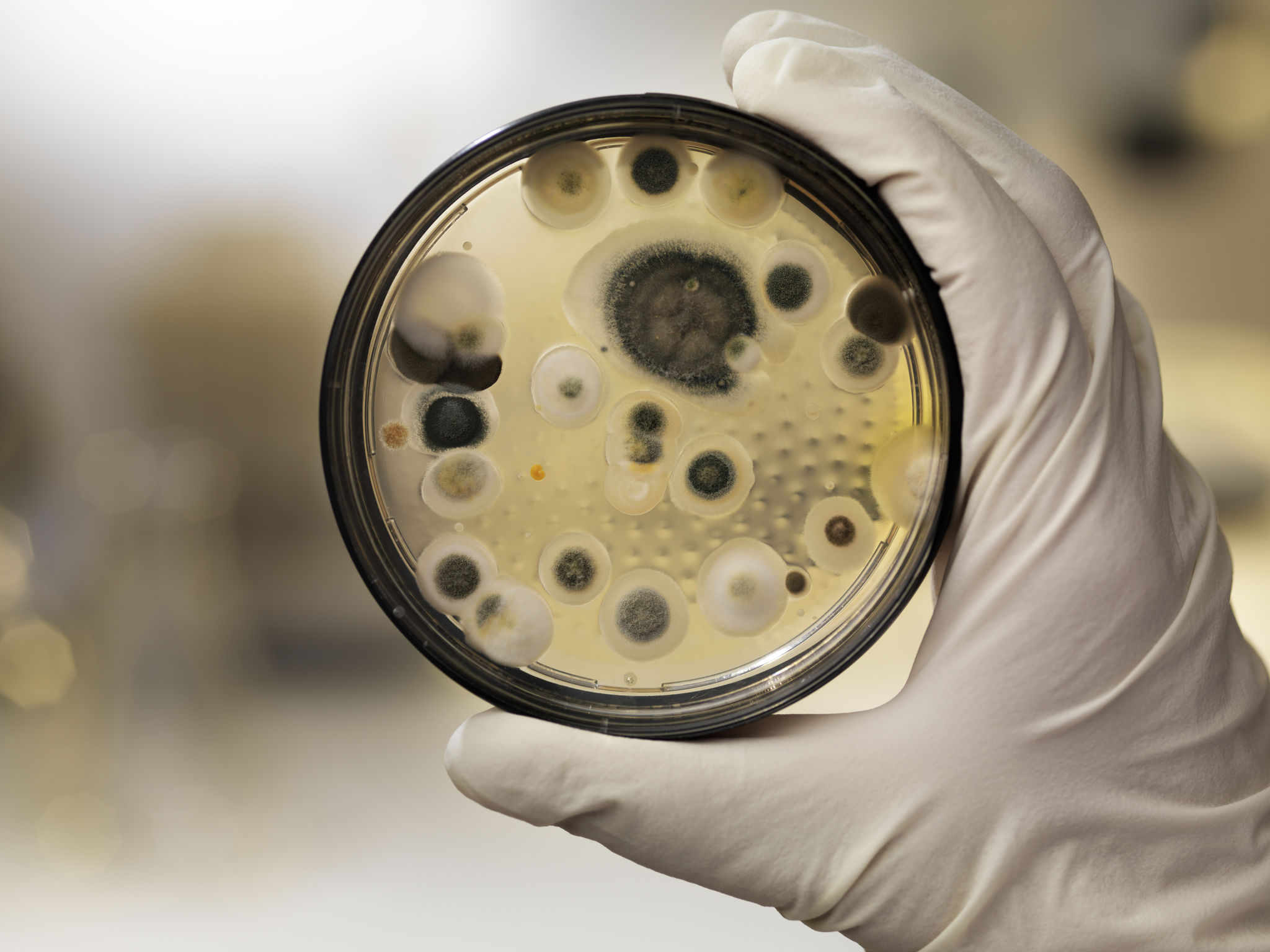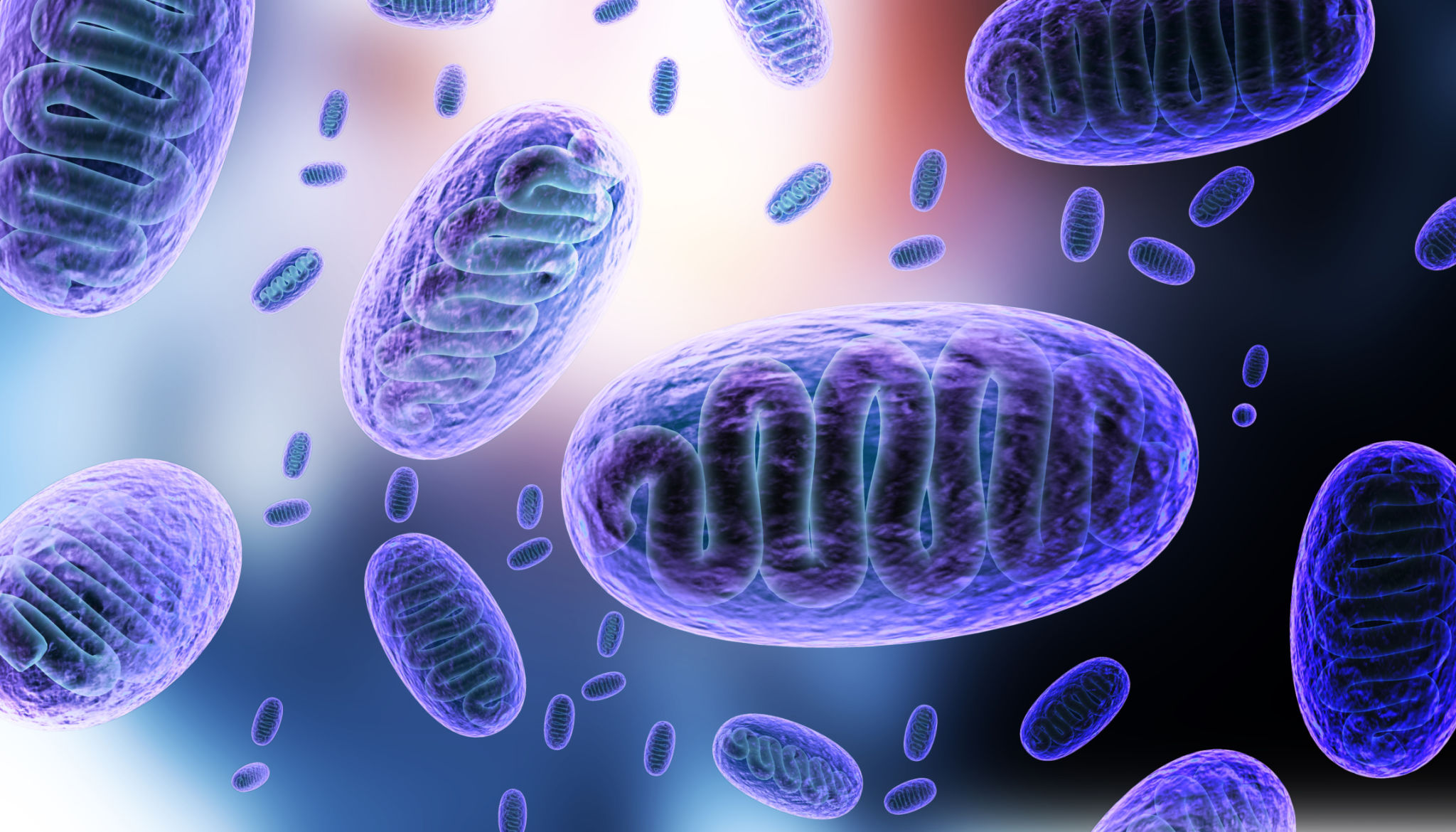What is Donovanosis(granuloma inguinale)
Donovanosis (granuloma inguinale) is a sexually transmitted disease caused by the bacteria Klebsiella granulomatis.
Men are affected more than twice as often as women. Most infections occur in people ages 20 – 40. The disease is rarely seen in children or the elderly.

What are the Symptoms
Symptoms can occur 1 to 12 weeks after coming in contact with the bacteria that cause the disease.
- About half of infected men and women have sores in the anal area.
- Small, beefy-red bumps appear on the genitals or around the anus.
- The skin gradually wears away, and the bumps turn into raised, beefy-red, velvety nodules called granulation tissue. They are usually painless, but they bleed easily if injured.
- The disease slowly spreads and destroys genital tissue.
- Tissue damage may spread to the area where the legs meet the torso. This area is called the inguinal folds.
- The genitals and the skin around them lose skin color.
In its early stages, it may be hard to tell the difference between donovanosis and chancroid.
In the later stages, donovanosis may look like advanced genital cancers, lymphogranuloma venereum, and anogenital cutaneous amebiasis.
It may be donovanosis if genital sores have been present for a long time and have been spreading.
Treatment
- Antibiotics are used to treat donovanosis. A cure for the condition requires long-term treatment.


